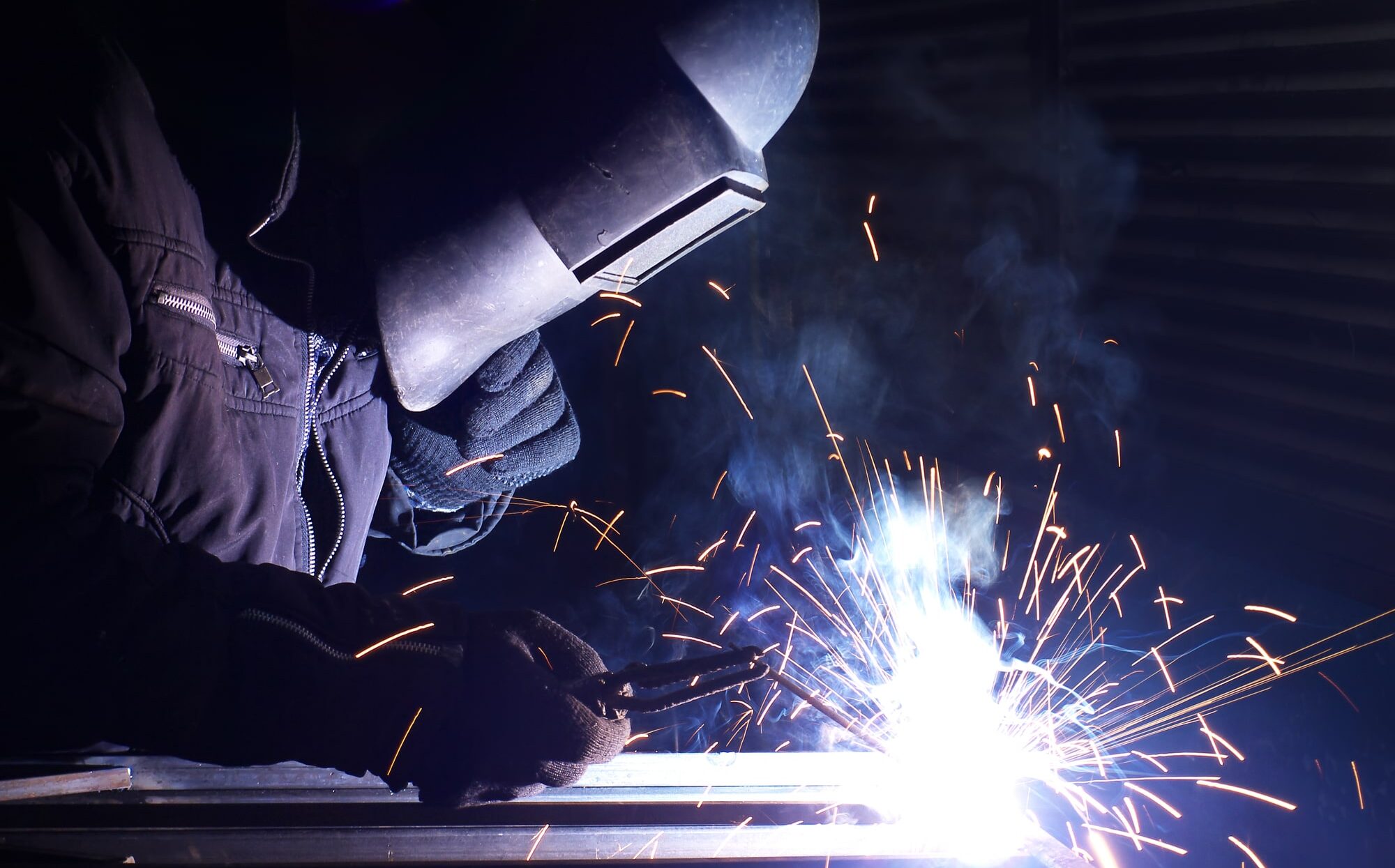The Ultimate Guide to Welding WPS Procedures: A Detailed Overview for Welders
In the detailed globe of welding, Welding Treatment Requirements (WPS) work as the foundation of guaranteeing high quality, uniformity, and safety in welding operations. Recognizing the subtleties of producing, applying, and keeping an eye on WPS treatments is vital for welders wanting to elevate their craft and meet industry standards. As we look into the different elements of a WPS and explore the ins and outs of qualification and accreditation, we will certainly reveal the crucial duty these procedures play in the world of welding. Let's begin on a journey to unravel the intricacies and value of WPS treatments in welding practices.
Significance of WPS Procedures
Recognizing the value of Welding Procedure Specifications (WPS) treatments is crucial for making certain the high quality and integrity of welded structures. WPS procedures act as a roadmap for welders, describing the essential steps, specifications, and products required to achieve an audio weld. By adhering to WPS guidelines, welders can make sure consistency in their work, bring about structurally audio and trusted welds.
One of the primary reasons why WPS procedures are crucial is their duty in maintaining weld high quality and stability. Complying with the defined welding parameters and strategies described in the WPS assists avoid defects such as porosity, cracking, or insufficient combination, which can jeopardize the stamina and toughness of the weld.

Components of a WPS
A Welding Treatment Specification (WPS) commonly comprises important components that information the specific demands for executing a weld, ensuring consistency and top quality in the welding procedure. The essential parts of a WPS include vital variables such as base metals, filler steels, interpass and preheat temperature levels, welding processes, shielding gases, welding placements, and post-weld heat therapy demands.
Base steels refer to the materials being joined, while filler steels are utilized to load the gap between the base steels throughout welding. The welding procedure lays out the certain technique to be used, whether it's gas steel arc welding (GMAW), protected metal arc welding (SMAW), or one more method. Welding placements define the positionings in which welding can be carried out.

Credentials and Accreditation
Having established the important elements of a Welding Procedure Requirements (WPS), the emphasis now moves towards the essential aspects of certification and qualification in welding methods.

Certification, on the various other hand, is the formal acknowledgment of a welder's qualifications by a relevant qualification body or organization. Welding qualifications are normally based upon the certain welding processes, materials, and settings a welder is certified to collaborate with. Holding a legitimate welding accreditation demonstrates that a welder meets market requirements and is experienced to execute welding tasks to the required specs.
Developing a WPS
To establish a Welding Procedure Requirements (WPS) that meets industry criteria, careful factor to consider of welding processes, products, and operational specifications is important (welding WPS). The first step in producing a WPS is to determine the welding procedure to be utilized, such as gas steel arc welding (GMAW) or shielded metal arc welding (SMAW) Once the welding procedure is identified, the next vital element is selecting the ideal materials, thinking about elements like base steel type, thickness, and joint design. Functional criteria such as welding current, voltage, travel speed, and securing gas composition should additionally be thoroughly defined in the WPS.

Implementing and Keeping An Eye On WPS
Upon finalizing the extensive Welding Procedure Specification (WPS) that meticulously details welding processes, products, operational criteria, and high quality assurance actions, the focus moves to successfully carrying out and monitoring the well-known procedures. Execution entails guaranteeing that all welders entailed in the task are familiar with the WPS and follow it diligently throughout the welding process. Reliable application and monitoring pop over to these guys of the WPS are crucial for guaranteeing the integrity, toughness, and safety of the bonded joints, inevitably adding to the total success of the welding job.
Verdict
In conclusion, understanding and adhering to Welding Treatment Specifications (WPS) is essential for welders to make certain quality, uniformity, and safety in their job. By understanding the parts of a WPS, getting correct certifications and accreditations, producing in-depth treatments, and applying and monitoring them successfully, welders can boost their skills and proficiency in welding methods. Abiding by WPS procedures is crucial for producing high-grade welds and conference industry criteria.
In the intricate globe of welding, Welding Procedure Specs (WPS) serve as the foundation of guaranteeing quality, consistency, and security in welding procedures. The welding procedure details the specific technique to be made use of, whether it's gas metal arc welding (GMAW), shielded steel arc welding (SMAW), or an visit homepage additional technique.To create a Welding Treatment Specification (WPS) that fulfills industry standards, cautious factor to consider of welding procedures, materials, and functional parameters is necessary. The initial step in developing a WPS is to recognize the welding procedure to read be used, such as gas steel arc welding (GMAW) or protected metal arc welding (SMAW)Upon finalizing the thorough Welding Procedure Spec (WPS) that carefully information welding procedures, materials, operational parameters, and high quality guarantee measures, the focus shifts to effectively implementing and keeping an eye on the established treatments.
Comments on “The Value of Welding WPS: Ensuring High Quality and Safety in Your Jobs”